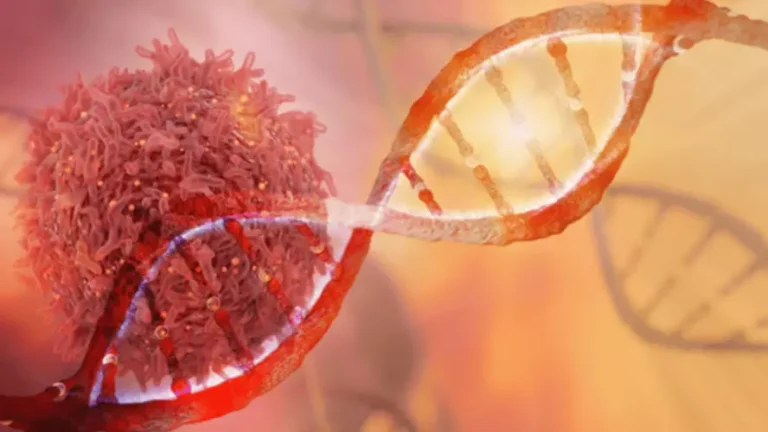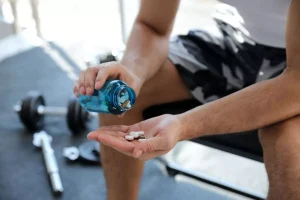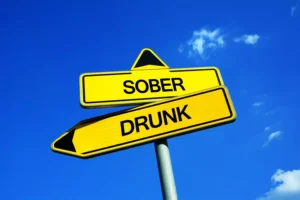
This study is the first to calculate and compare MOEs for other addiction-related substances. The BMD approach was first suggested by Crump17, and was later refined by the US EPA for quantitative risk assessment18. The margin of exposure values were calculated for individual exposure (Figure 1), population-based exposure calculated from prevalence data (Figure 2) and population-based exposure calculated from sewage analysis (Figure 3).
- The MOE is defined as the ratio between the lower one-sided confidence limit of the BMD (BMDL) and estimated human intake of the same compound.
- You can join no matter what belief system you have, or if you don’t have one at all.
- Results from NIDA-funded research have shown that prevention programs involving families, schools, communities, and the media are effective for preventing or reducing drug use and addiction.
Impact on your health
You have the permission to use, distribute, and reproduce these in any medium, provided the source and authors are credited. In South Africa and Papua New Guinea, more than half of all traffic deaths are attributable to alcohol consumption. Global data on the prevalence and effectiveness of alcohol use disorder treatment is incomplete. The breakdown of alcohol use disorders by gender for any country can be viewed here; the majority of people with alcohol use disorders – around three-quarters – are male. By default, the data for France is shown – in recent decades, here, the share of beer consumption increased to make up around a fifth of alcohol consumption in France.
Alcohol Use Disorder Causes
Currently, the MOE results must be treated as preliminary due to the high uncertainty in data. The analyses may be refined when better dose-response data and exposure estimates become available. As the problem is multidimensional15, it would also make sense to establish some form of harm or risk matrix64 that may be more suitable than a single indicator. Our MOE could be one piece in the puzzle that constitutes to the establishment of a “holistic drug risk”. For example, a value of 3.6 for bipolar disorder indicates that illicit drug dependency became more than three times more likely in individuals with bipolar disorder than those without. The risk of an alcohol use disorder is highest in individuals with intermittent explosive disorder, dysthymia, ODD, bipolar disorder, and social phobia.
We need your support today
Studies conducted by the National Institute on Alcohol Abuse and Alcoholism suggest that genetic factors also influence how the brain reacts for different people when they consume alcohol. This study suggests that some people’s brains release more euphoric chemicals in response to alcohol than others, making them more susceptible to developing an alcohol use disorder. The chart shows direct death rates (not including suicide deaths) from alcohol use disorders across the world. The death rates are typically higher in Eastern Europe and lower in North Africa and the Middle East. The charts show global consumption of wine, first in terms of wine as a share of total alcohol consumption, and then the estimated average consumption per person.

The data used for calculation of population-based exposure is shown in Table 2. Prevalence data was available for all drugs except methadone; and amphetamine and methamphetamine were grouped together. The corresponding risk functions are shown in Supplementary Table S1 online. The detailed calculation formulae alcohol vs drugs chosen for probabilistic risk assessment are shown in Supplementary Table S2 online. A main finding of our study is the qualitative validation of previous expert-based approaches on drug-ranking (e.g. Nutt et al.9), especially in regard to the positions of alcohol (highest) and cannabis (lowest).
Alcohol and marijuana are both intoxicants, but one study from Columbia University researchers estimated that alcohol multiplies the chance of a fatal traffic accident by nearly 14 times, while marijuana nearly doubles the risk. Health risks are just one way to measure whether marijuana is safer than alcohol. While pot doesn’t seem to cause organ failure or fatal overdoses, alcohol kills more than 29,000 people https://ecosoberhouse.com/ each year due to liver disease and other forms of poisoning. There’s also some divergence within the specific categories of harm. But alcohol’s crime risk is due to its tendency to make people more aggressive (and more prone to committing crime), while heroin’s crime risk is based on the massive criminal trafficking network behind it. Start drinking alcohol at an early age, and your risk level rises.

Barriers to Accessing Care
Alcohol consumption by sex

How do drugs work in the brain?
- Getting support from others is often extremely helpful in getting and staying sober.
- Over time, drinking excess alcohol can change areas of your brain, including one that senses pleasure and another that helps with self-control.
- The immediate physical effects of drinking alcohol range from mild mood changes to loss of coordination, balance, and speech.
- The scatter plot compares the prevalence of alcohol use disorders in males versus that of females.
- Find a doctor at Weill Cornell Medicine to discuss your concerns with.
